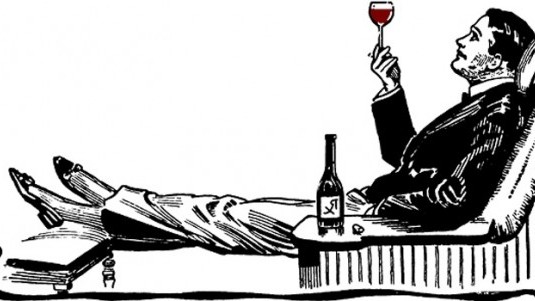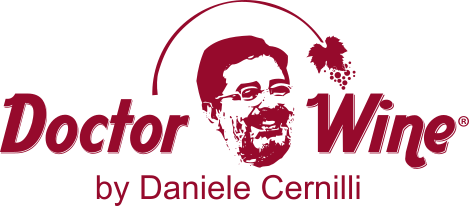Vintage tastings (1): a brief introduction

Vintage wines have some very authentic and passionate fans. By vintage wines I am not referring to those that due to certain characteristics reach their peak in quality some years after they have been put on the market but wines that are left to age for many years to allow them to achieve those characteristics that have made them famous and offer the consumer outstanding sensations and enjoyment.
To truly appreciate these wines the consumer must have an ability to perceive these sensations and a desire to experience emotions that are hard to find in the relative simplicity of a young wine.
The old saying that “the older a wine get the better it is” is both a foolish and erroneous generalization. Every type of wine has its own evolutionary lifespan and it is natural that one wants to drink a wine when it is at its peak in quality. This peak is very particular and conditioned by a host of variables which I will list here, trying of course to be as simple as possible to avoid boring you to tears.
1) Nature and type of wine
Every wine has its own lifespan and when it peaks depends on the nature of the wine itself and its chemical/physical/structural characteristics. Alcoholic content (but not always), acidity, polyphenols and anti-oxidants present in the wine and, above all, the balance between these chemical substances, all contribute to determining the lifespan of a wine. It is useless to let a wine age that does not have a propensity to age. In short, a Bardolino Chiaretto or a Vermentino (with some exceptions) do not have the characteristics nor the lifespan of a great Barolo or a great Bordeaux or even a great Moselle Riesling.
2) Conservation conditions
Wine is a biochemical laboratory that is subject to the laws of nature, especially chemical kinetic reactions. Thus all the factors that influence, accelerate these reactions produce a rapid deterioration of the sensorial characteristics of a wine.
- Temperature: an increase in temperature above certain levels accelerates chemical reactions (as well as oxidation, the true ‘cancer’ in a wine evolution). Temperatures that are too low, on the other hand, influence the temporal stability of a wine because it influences balances in the solution, above all in red wines.
- Humidity: While one could write a thesis about this, what is important to remember is that the ideal humidity level in a wine cellar is between 70% and 80% and this, above all, because of the influence humidity has on the ideal preservation of the cork.
- Vibrations: These accelerate chemical reactions because they increase the “velocity of impact” between molecules. While this aspect is often overlooked, it is fundamental for the ideal conservation of a wine.
- Light: Photo-oxidation is a real wine killer and thus wine should always be kept away from direct light sources.
- Other factors, like transport and the positioning of bottle in a cellar, are also essential for ideal conservation as well as accessories over which we have no control, like the quality of the cork, which is fundamental.
Every year for the past 30 or so, my friends and I get together for a ‘vintage’ tasting because these wines have an allure that few others do. And these include sparkling wines, white wines, reds and sweet wines. Over the next installments (many with one published a week starting today, ed.note) I will write about the more important tastings over the past years, above all the most surprising ones, independent of the absolute value of the wine, going backwards by decade. We will begin with the 1990s and end… you’ll see.

 Italiano
Italiano







